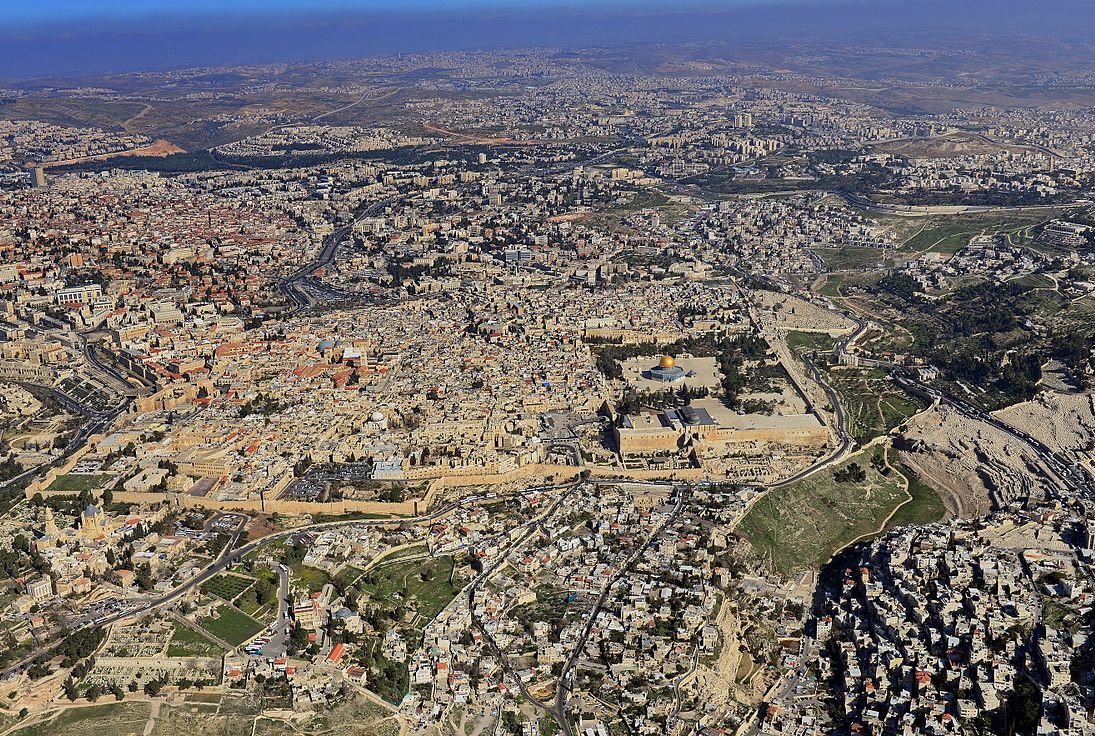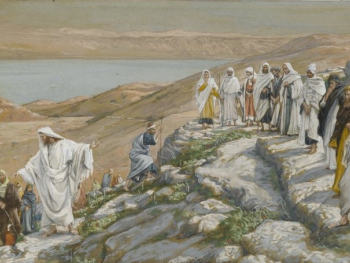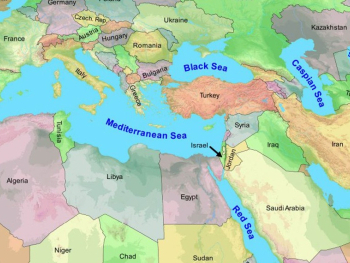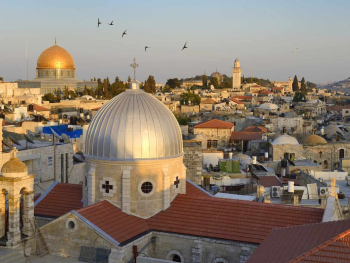The Bible is not just a collection of stories and teachings—it is a sacred landscape, rich with geographical imagery and spiritual significance. From the mountains of Sinai to the shores of the Sea of Galilee, the landscapes of the Bible serve as more than mere settings; they are symbols of divine presence, revelation, and redemption. Join us as we embark on a journey of exploration, mapping out the spiritual geography of the Bible and uncovering the hidden layers of meaning within its sacred landscapes.
Mount Sinai:
Encounter with the Divine
Mount Sinai, also known as Horeb, is where Moses received the Ten Commandments and encountered the presence of God in the burning bush. As we map out the rugged terrain of Sinai, we delve into the significance of this sacred mountain as a place of revelation and covenant, where God revealed His law and His character to His chosen people.
The Jordan River:
Baptism and Renewal
The Jordan River holds profound spiritual significance in the biblical narrative, from the crossing of the Israelites into the Promised Land to the baptism of Jesus by John the Baptist. Through mapping, we explore the winding path of the Jordan River, tracing its role as a symbol of transition, purification, and spiritual renewal in the lives of God's people.
The Wilderness:
Testing and Transformation
The wilderness, with its harsh terrain and unforgiving conditions, serves as a backdrop for some of the most significant events in the Bible, including the wanderings of the Israelites and the temptation of Jesus. Through interactive mapping, we navigate the deserts and wilderness areas mentioned in scripture, reflecting on the themes of testing, trust, and transformation that emerge from these sacred landscapes.
Jerusalem:
Center of Worship and Redemption
Jerusalem, the city of David and the site of the Temple, holds a central place in the biblical narrative as the spiritual and political capital of Israel. As we map out the streets and landmarks of ancient Jerusalem, we uncover the layers of history and spirituality that make this city a symbol of worship, redemption, and the longing for God's presence among His people.
Mapping the Spiritual Landscape of the Bible
As we explore the maps of the Bible's sacred geography, we are reminded that the landscapes described in scripture are not just physical locations—they are symbols of divine presence, revelation, and redemption. Through exploration and reflection, may we deepen our understanding of the spiritual significance of these sacred landscapes and find renewed inspiration in the timeless truths they represent.






